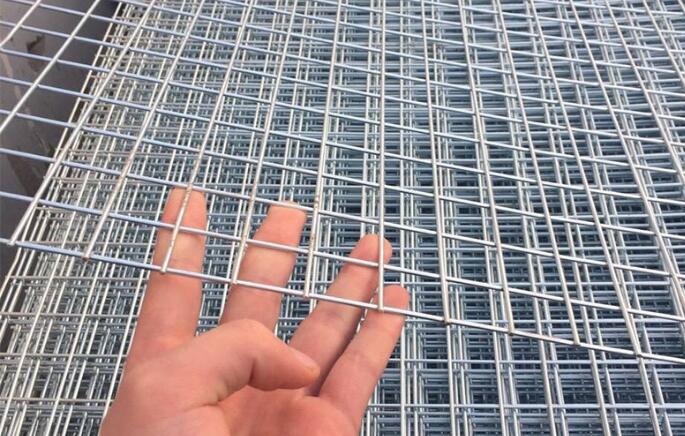Understanding the Welded Wire Gauge Chart
Welded wire fencing is a popular choice for various construction and agricultural projects due to its durability and versatility. One key aspect to understand when working with welded wire is the gauge measurement, which determines the wire’s thickness and overall strength. The weld wire gauge chart is an essential tool for anyone involved in purchasing or using welded wire products.
What is Wire Gauge?
Wire gauge refers to the diameter of the wire used in the fencing material. In the United States, the American Wire Gauge (AWG) system is most commonly used. The gauge number inversely correlates to the wire diameter the higher the gauge number, the thinner the wire. For instance, a 10-gauge wire has a diameter of approximately 0.102 inches, while a 20-gauge wire measures about 0.032 inches in diameter.
Importance of the Welded Wire Gauge Chart
The welded wire gauge chart provides a visual reference to help users understand the various wire thicknesses available and their corresponding characteristics. Different gauges are suited for different applications—from agricultural fencing to pet enclosures or garden fencing. Knowing the appropriate gauge for a particular use is vital for ensuring both effectiveness and reliability.
welded wire gauge chart

For example, lighter gauges (such as 14 through 18) are typically used for smaller projects, such as garden trellises, while higher gauges may be more suitable for heavy-duty applications like animal pens or security fencing. A welded wire fence with a 2-inch by 4-inch mesh opening and a 10-gauge wire promises remarkable strength, making it ideal for containing livestock.
Choosing the Right Gauge
When selecting welded wire, consider several factors, including the intended use, the environment in which it will be installed, and budget constraints. A well-constructed welded wire fence can last for years, but using an inadequate gauge may lead to insufficient strength and premature wear. Thicker wires offer enhanced security and longevity but can be more expensive.
It's also essential to check the spacing of the welds, as this can affect the overall integrity of the fencing. Fences with closer weld spacing tend to provide better structural strength and resistance to bending or breaking.
Conclusion
The welded wire gauge chart is an invaluable tool for contractors, farmers, and DIY enthusiasts alike. By understanding the significance of wire gauge and how it impacts the functionality of welded wire, users can make informed decisions that align with their project requirements. Whether fencing in livestock, creating a protective garden barrier, or building a durable structure, selecting the right gauge is crucial for achieving the desired level of strength and durability. Always remember to consult the gauge chart before making your purchase to ensure optimal performance and satisfaction with your welded wire fencing solution.

















